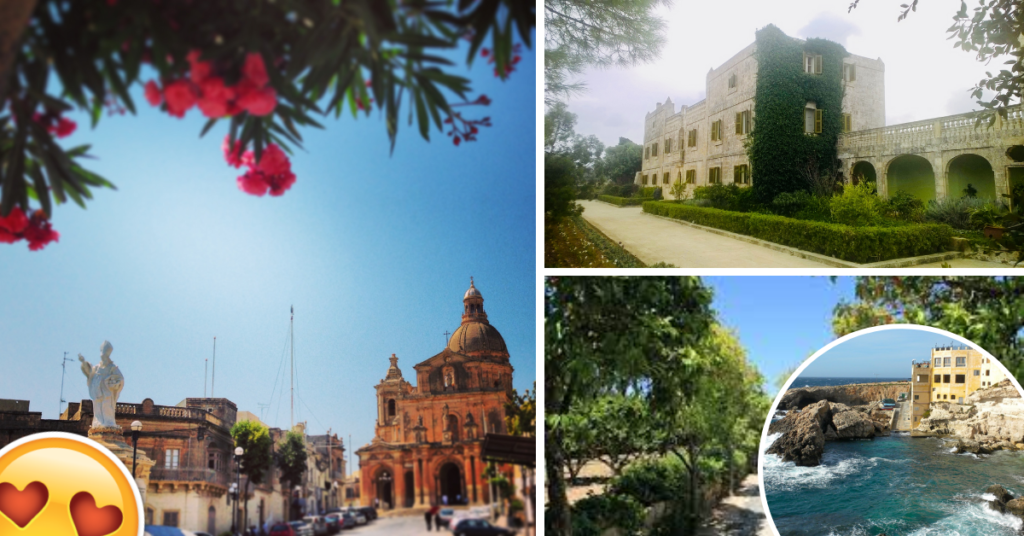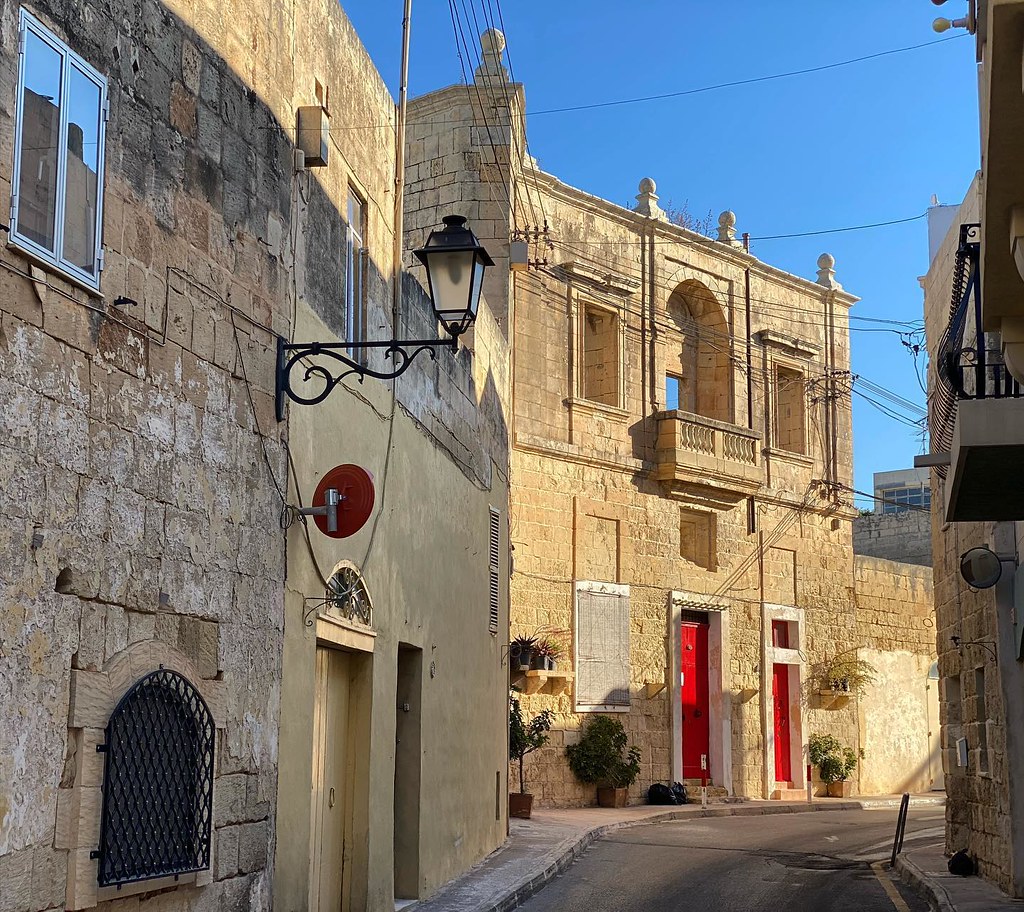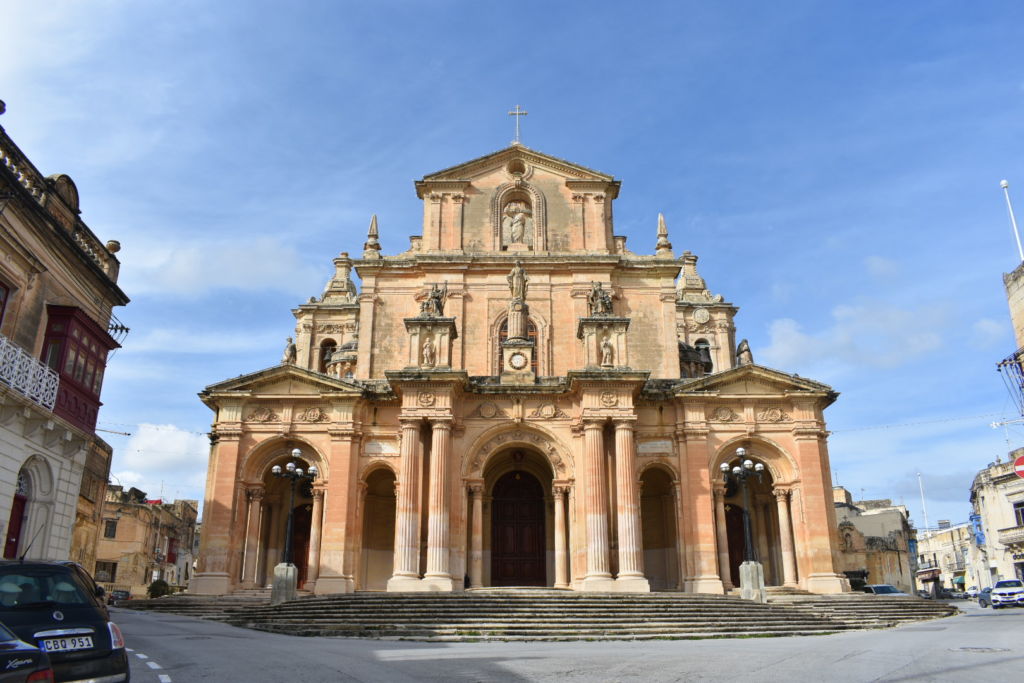City Spotlight: Scenic And Picturesque, Siġġiewi Should Be Your Getaway Spot

Surrounded by beautiful, golden fields Siġġiewi is defined not only by its historical roots but also by its bounty of natural heritage that spans across the locality.
With the help of Ryde, Lovin Malta visited Siġġiewi, which easily holds some of Malta’s best swimming spots and numerous countryside trails for any outdoorsy type to enjoy.
Despite only having a population of around 8367 people, Siġġiewi counts as Malta’s third-largest locality after Rabat and Mellieħa. It is renowned for being an ideal place for anyone looking for a more tranquil life, away from the hustle and bustle of the rest of Malta.
Historically known for its farming industry, the majority of Siġġiewi’s population worked in the fields that surround the city up until only a few decades ago.
For this reason, the city adopted the motto Labore et Virtute (Work and Virtue) in 1993.
1. From hamlets to a thriving city
The area of Siġġiewi has been inhabited more or less since the days of the farmers who occupied Malta during the Neolithic period. These same farmers went on to build the Neolithic sites of Ħaġar Qim and Mnajdra, which are both located in nearby Qrendi.
Both the Romans and Phoenicians later made use of the areas around Siġġiewi, most notably with the discovery of an early Phoenician tomb, small Phoenician/Punic cemeteries atop the hill of is-Salib tal-Għolja and Roman pottery found scattered across the area.
Yet, Siġġiewi, as we know it today, did not start to form until the arrival of the Knights of St John in 1530. Prior to this Siġġiewi, like many of Malta’s modern-day settlements, were instead numerous little hamlets scattered across the area.
With the economic changes and establishment of new urban areas like Valletta under Hospitaller rule and the depopulation from the Great Siege of Malta, these hamlets were slowly swallowed up into becoming Siġġiewi.
In total, the hamlets of Ħal Xluq, Ħal Kbir, Ħal Niklusi and Ħal Qdieri were absorbed into Siġġiewi. Nowadays, the only real traces of these hamlets are their small, secluded chapels.
The Knights would have a clear impact on Siġġiewi’s growth, with several buildings like the Armoury being established under their rule. On 30th December 1797, Siġġiewi was officially declared a city by Grand Master Ferdinand von Hompesch, who named the city Città Ferdinand after himself.
2. A colourful and lively Festa
View this post on Instagram
Siġġiewi celebrates St Nicholas of Bari as their Patron Saint, with his feast being celebrated on the last Sunday of June. Yet, the liturgical feast of St Nicholas takes place on 6th December.
St Nicholas is considered one of the most popular saints of Byzantine hagiography (the writing of the lives of saints).
The survival of his veneration in Malta suggests that following Malta’s early Christian days, defined by the building of catacombs, Malta’s villages retained old traditions that encompass the line between western and eastern Christianity.
View this post on Instagram
When it comes to the Festa, Siġġiewi lights up with dazzling fireworks, colourful garlands and flags as well as lively music filling the city.
Siġġiewi boasts two band clubs: St Nicholas Band Club (founded in 1883) and the Siġġiewi Festival Brass Band and Social Club (founded in the 1980s). The latter is counted as Malta’s first band that played only brass instruments.
3. A treasure trove of sites

Siġġiewi is a locality filled with natural wonders for people to explore. Whether in or around the city, there is a lot to see – especially for someone looking to find the perfect spot to enjoy summer outdoors.
For those looking to swim, Għar Lapsi is the most obvious choice. Not only does it offer picturesque views and stunning sunsets, but it also offers numerous caverns to swim in its crystal clear, azure waters.
This hidden cove is typically popular with locals and functions all year round as a place to enjoy the tranquillity of Malta’s natural beauty. It also boasts delicious snack bars, especially in the summer.
Year-round, you can enjoy walks through the iconic Buskett Gardens, a semi-wild woodland in Malta that is ideal for a peaceful walk through the closest thing Malta has to a forest.
Originally used in the post-Roman Republic era for sexual celebrations in honour of their gods, Buskett has become synonymous with the Christian celebration of the feasts of St Peter and St Paul for L-Imnarja.
Yet, Buskett as we know it today originally came about as a hunting reserve planted by the Knights of Malta who also built the nearby Verdala Palace in 1586. Built by Grand Master Verdalle, it is nowadays one of the residences for Malta’s Presidents.

Verdala Palace
If you are interested in seeing more palaces, Girgenti Palace is yet another site to see. The official residence of Malta’s Prime Ministers, Girgenti was originally built in 1625 as the home for Inquisitor Onorato Visconti.
For those interested in seeing the religious sites around, seeing Siġġiewi’s parish church definitely needs to be on your list.
Built in the 17th Century, the church was built to take over from the previous which now lies in ruins. Dedicated to St Nicholas of Bari, the baroque-styled church stands proudly as the religious heart of Siġġiewi.
Art fans should keep a particular eye on this church as its titular painting was created by Mattia Preti who also was responsible for painting the vault of St John’s Co-Cathedral in Valletta.

Parish Church of St Nicholas of Bari
Keeping in the same vein of religion, Is-Salib tal-Għolja is an iconic landmark that rises above the city. The hill is best known for the early 20th Century cross built at its peak that forms its own Catholic cultural tradition.
Every year, the hill lights up in candlelight as Maltese pilgrims make a trek up to the cross during the night of Maundy Thursday and Good Friday. Undertaking this pilgrimage usually done in silence, with some opting to walk the steep hill barefoot as well.
Outside of the Lent period though, the site is still a beautiful trek year round – especially for enjoying scenic picnics upon the grassy slopes.
4. Where to eat
After exploring everything Siġġiewi has to offer, you’ll definitely find yourself yearning for a good meal. Luckily, Siġġiewi has several restaurants to truly make your trip a deliciously satisfying one.
Head down to Għar Lapsi for a selection of fresh fish at Carmen’s Bar. Whether you come here for lunch after swimming or head here for a calm sunset bite, Carmen’s promises to be a good choice for fresh fish.
Alternatively, Ta’ Rita Lapsi is equally a good choice for just the views alone. Of course, views are not only what this restaurant has to offer, with its rabbit dishes being especially renowned.
Should you find yourself in Siġġiewi’s city centre, Ferdinand’s Bar & Burger is a notable choice for anyone craving a juicy burger, cocktails or some tapas. If you are looking for your Happy Hour fix, Ferdinand’s should be on your list.
What’s your favourite place in Siġġiewi? Let us know in the comments
